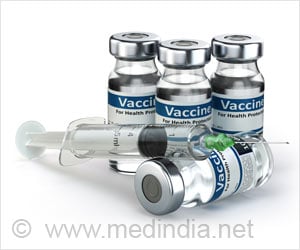Dutch researcher Wendy van der Meide has developed and evaluated new techniques for a better diagnosis of cutaneous leishmaniasis.
Dutch researcher Wendy van der Meide has developed and evaluated new techniques for a better diagnosis of cutaneous leishmaniasis and an improved monitoring of its treatment. Accurately establishing the number of parasites in a skin lesion before, during and after treatment is vital, so as to prevent serious physical consequences.
Cutaneous leishmaniasis (CL) is a non-lethal disease but can have grave consequences for the patient. Such consequences can be prevented with a rapid and accurate diagnosis and treatment. The treatment is based on clinical criteria. Therefore, it is essential to establish the number of parasites present in a skin lesion as accurately as possible before, during and after treatment in order to assess the treatment outcome.Van der Meide has developed and evaluated a technique for the detection and quantification of Leishmania parasites. The so-called QT-NASBA technique, based on recognition of nucleic acids of the parasite, was found to be a sensitive and specific tool for monitoring treatments. The instrument can also contribute to predicting the clinical outcome. Although QT-NASBA was highly sensitive, another technique, the so-called real-time Reverse Transcriptase PCR was found to be more suitable due to its greater time efficiency and lower costs. In practice, neither of these two techniques will be quickly deployed in developing countries. Therefore, different antigens were also compared in a serological test (ELISA) for use in Brazil and Suriname, where the disease is mainly caused by Leishmania guyanensis. The use of antigens for this species of Leishmania significantly improved the serological test compared to antigens from other species. These results could be vitally important for improving the effectiveness of serological tests for the diagnosis of CL.
Part of the research was carried out in Suriname. Van der Meide discovered that the prescribed treatment was only carried out to completion in a low percentage of cases; just half of the CL patients received the full treatment. Moreover, fewer patients seemed to recover than had previously been observed. Consequently, a shorter and more efficient treatment protocol was recommended to improve the use and efficacy of the treatment. Furthermore, it was demonstrated that not one but three different species of Leishmania in Suriname can cause human infection.
Source-Eurekalert
SRM/M






